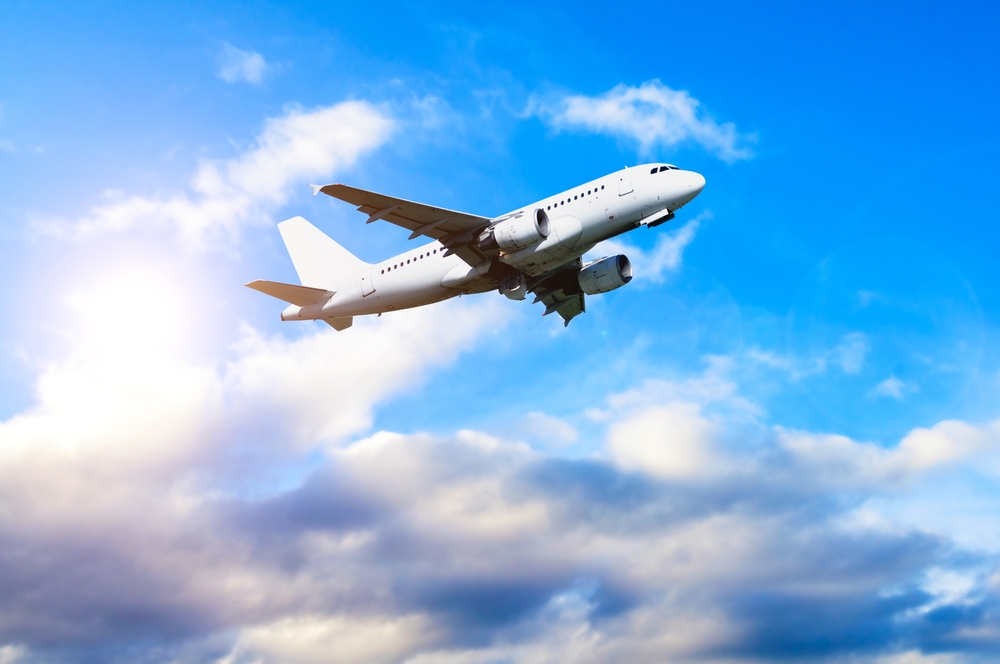Some of these might surprise you
Others are reading now
Around the globe, certain areas are designated as no-fly zones.
These restricted airspaces often protect historic landmarks, sacred sites, densely populated cities, or politically significant locations.
The purpose is to ensure safety, preserve cultural heritage, and shield people from potential aerial threats.
Here are some of the most notable no-fly zones and the reasons behind their restrictions.
Also read
Disney Parks
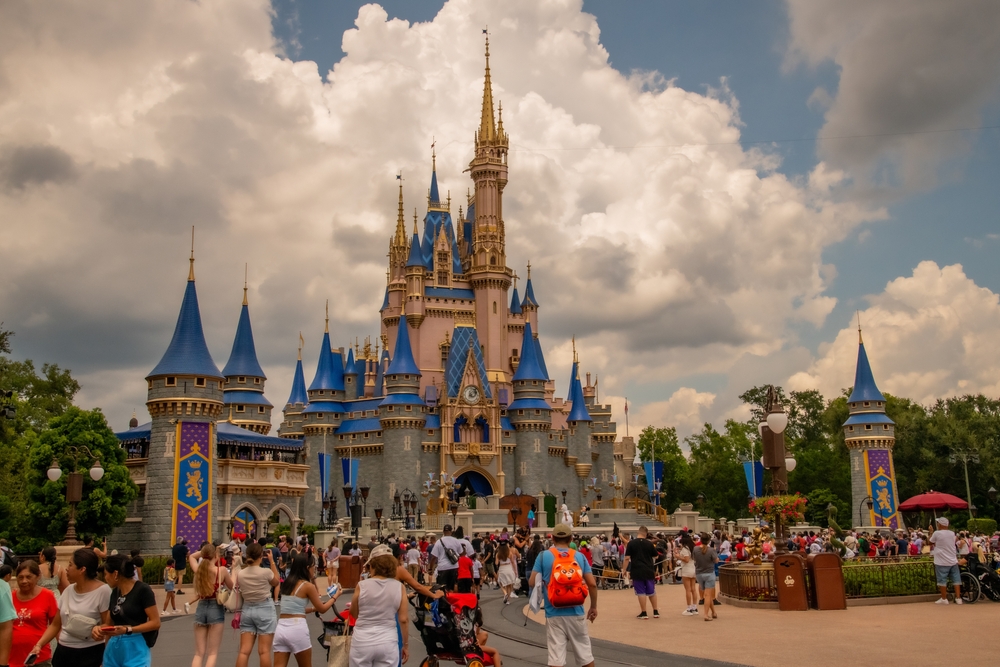
Disneyland in California and Disney World in Florida have been designated as no-fly zones since the terrorist attacks of September 11, 2001.
Classified as “National Defense Airspace,” these areas prohibit all aircraft, including drones, within a three-mile radius of the parks.
Machu Picchu, Peru
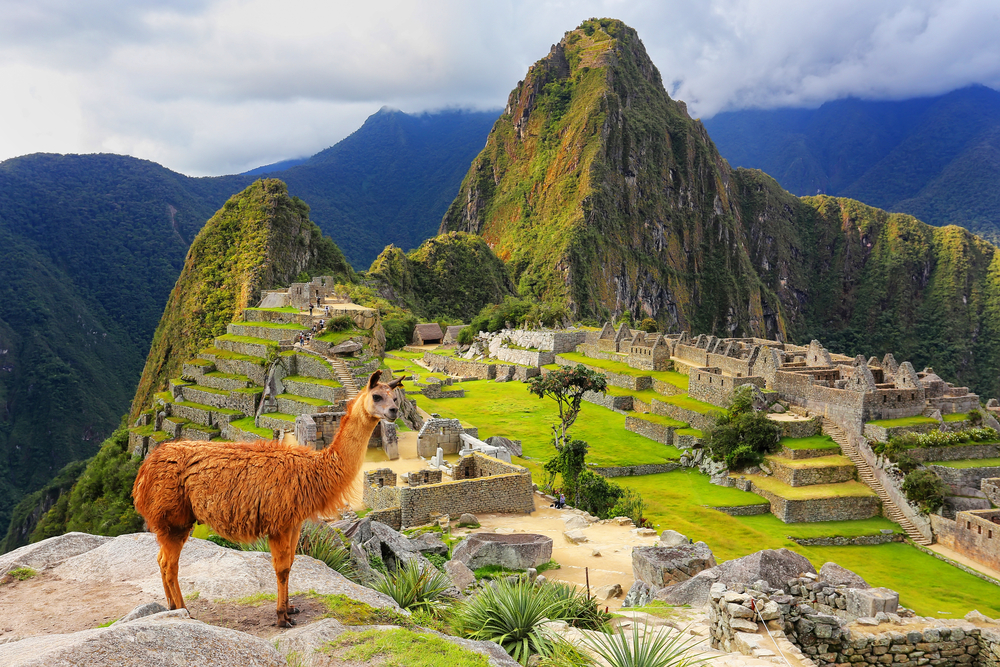
The historic Inca site of Machu Picchu has been under a no-fly zone since 2006.
This restriction protects the area’s unique biodiversity and minimizes disturbances for the thousands of visitors who experience this UNESCO World Heritage Site each year.
Taj Mahal, India
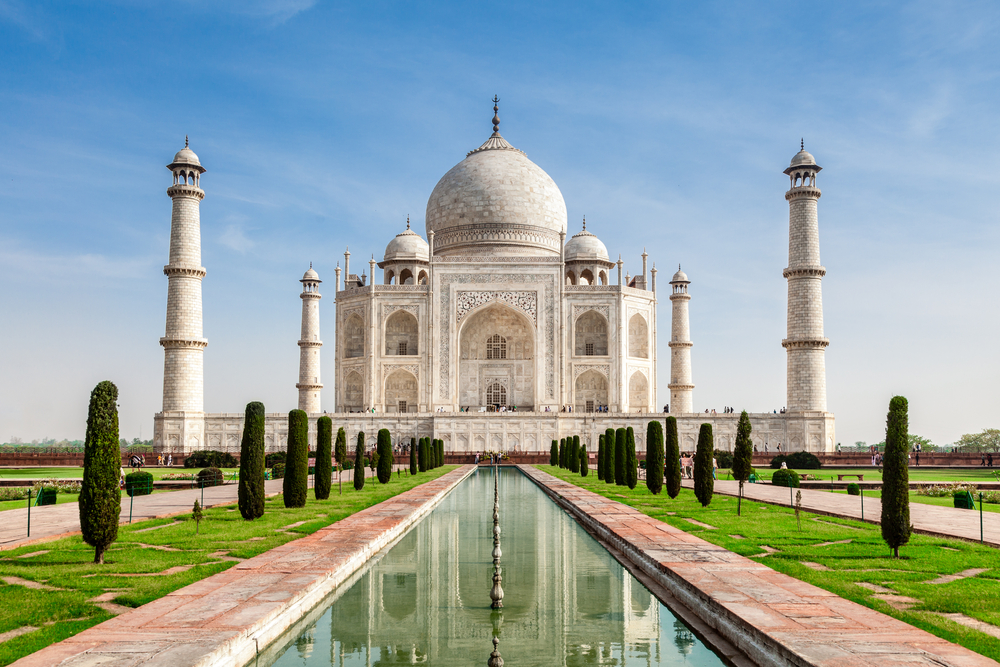
The Taj Mahal, one of India’s most iconic landmarks and a UNESCO World Heritage Site, is safeguarded by a no-fly zone to maintain its integrity.
These restrictions were implemented to prevent overflights that could pose a security threat to the historic mausoleum.
Tiananmen Square, China
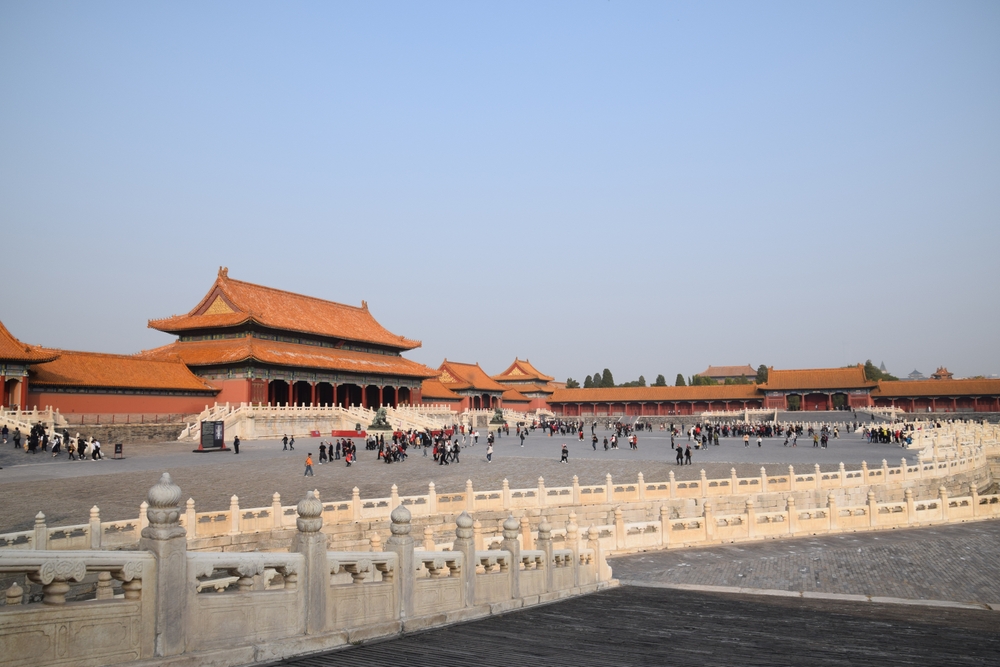
Flying over Tiananmen Square is prohibited as part of China’s strict security measures.
The square, a central symbol of the nation’s history, is carefully protected to prevent potential threats and maintain a respectful environment around this historic area.
Paris, France
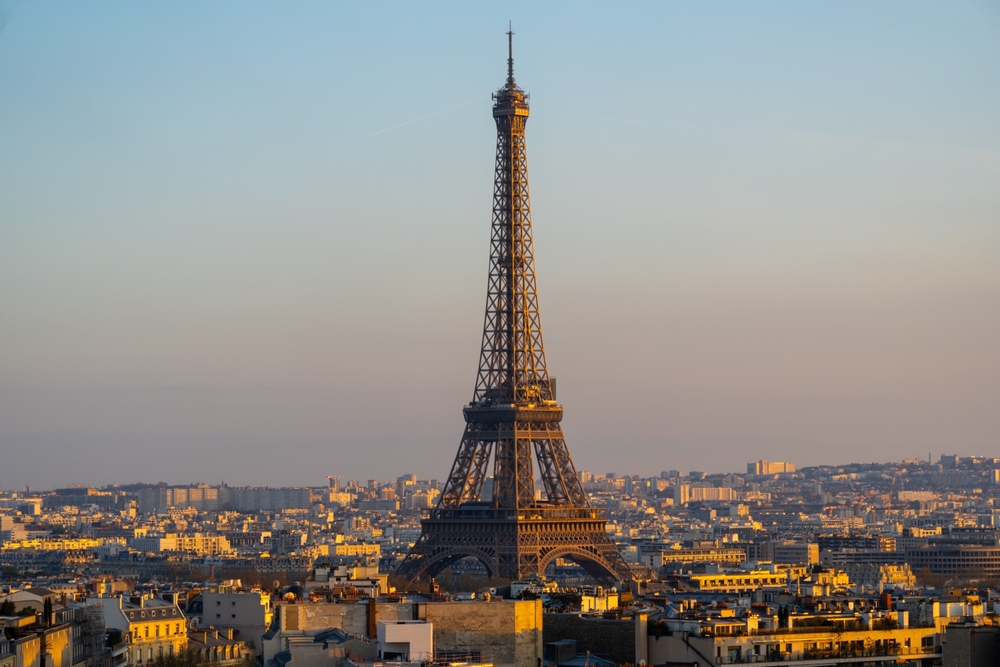
Flying below 2,000 meters over Paris is forbidden to preserve the city’s historic and cultural heritage.
These restrictions cover the entire city, ensuring that landmarks such as the Eiffel Tower and Notre Dame remain undisturbed by air traffic.
Washington, D.C., USA
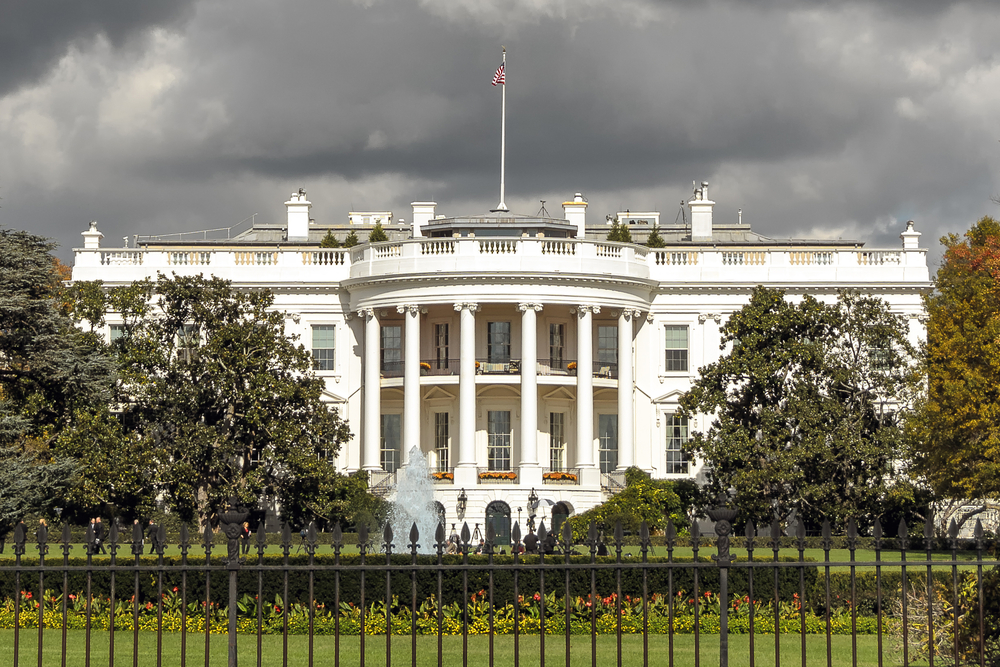
The U.S. capital is subject to stringent flight restrictions to protect the nation’s political and historical center.
A special set of regulations governs the airspace, including an inner security zone where only approved flights are allowed. Flying directly over the White House is strictly prohibited.
Volcanoes
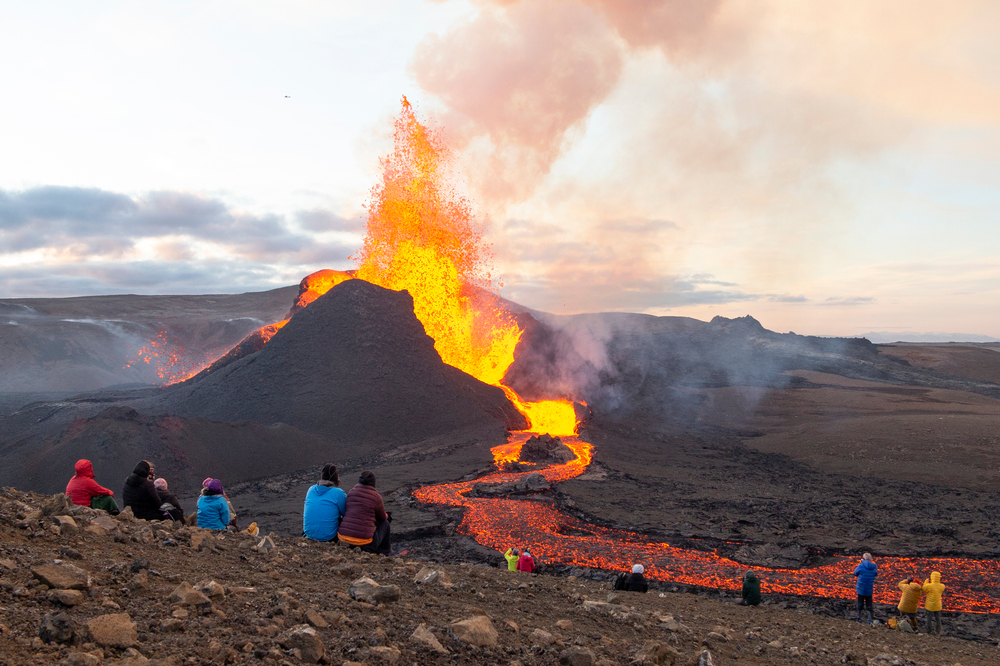
Flying over active volcanoes is hazardous due to the risk of volcanic ash and debris, which can damage aircraft engines and structures.
For instance, eruptions from Iceland’s Eyjafjallajökull volcano have previously caused widespread disruption to air travel.
The Parthenon, Greece
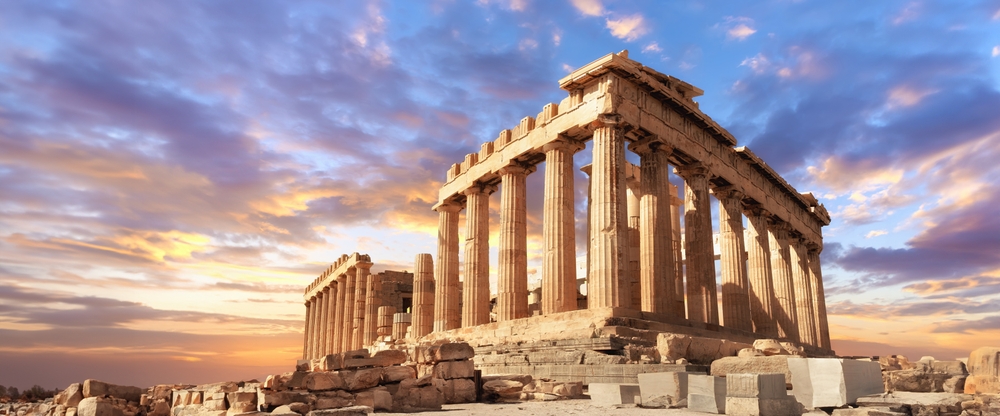
Flying below 1,500 meters over the Parthenon in Athens is prohibited to protect this iconic temple from Ancient Greece.
The restriction is part of a broader policy in Greece aimed at preserving the country’s rich cultural heritage without interference from air traffic.
Buckingham Palace and Westminster, United Kingdom
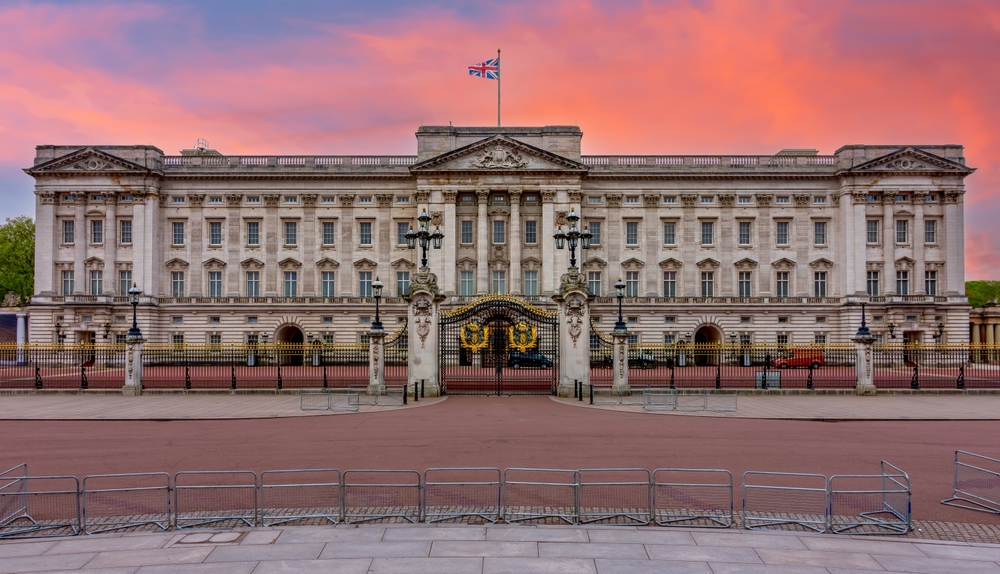
In London, flying over Buckingham Palace and Westminster is forbidden.
These restrictions safeguard both the British royal family and the political institutions that play a central role in the country’s democracy.
Mecca and Medina, Saudi Arabia
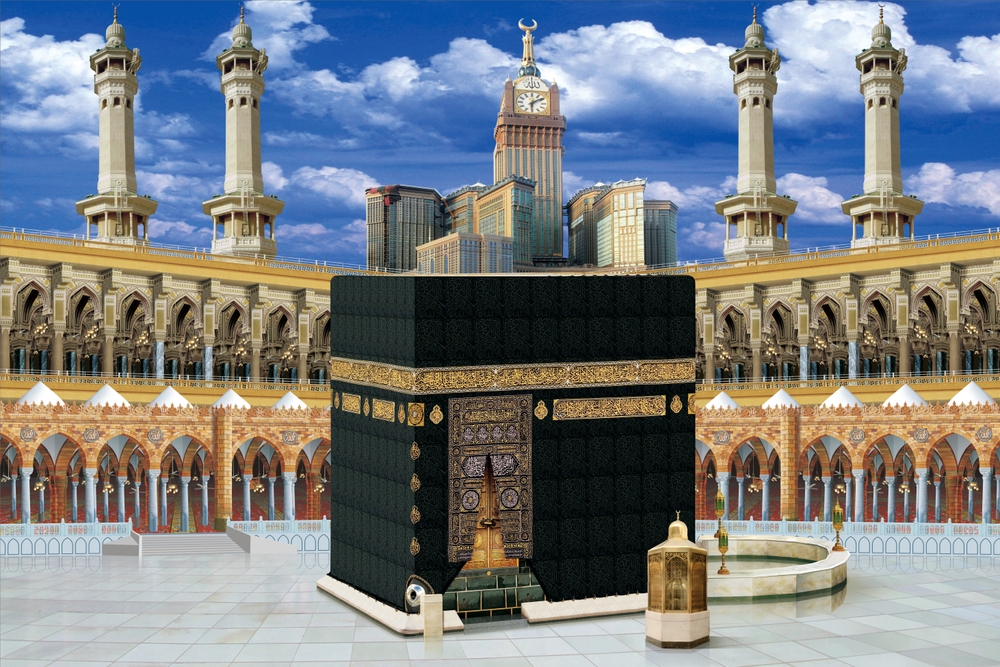
The holy cities of Mecca and Medina are no-fly zones to preserve their religious significance and provide tranquility for the millions of pilgrims visiting each year.
Mecca, home to the Kaaba and the Grand Mosque, is the focal point of the Hajj pilgrimage, while Medina houses the Prophet’s Mosque, one of Islam’s most sacred sites.
These measures ensure respect and security around these revered locations.

